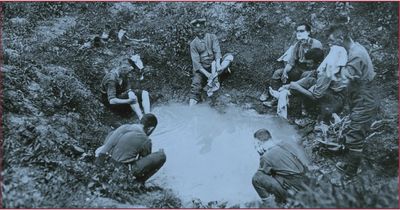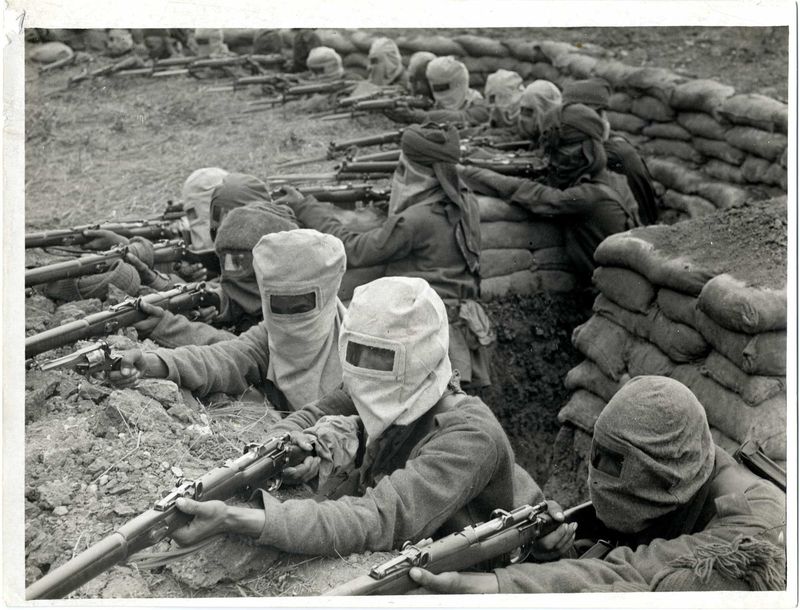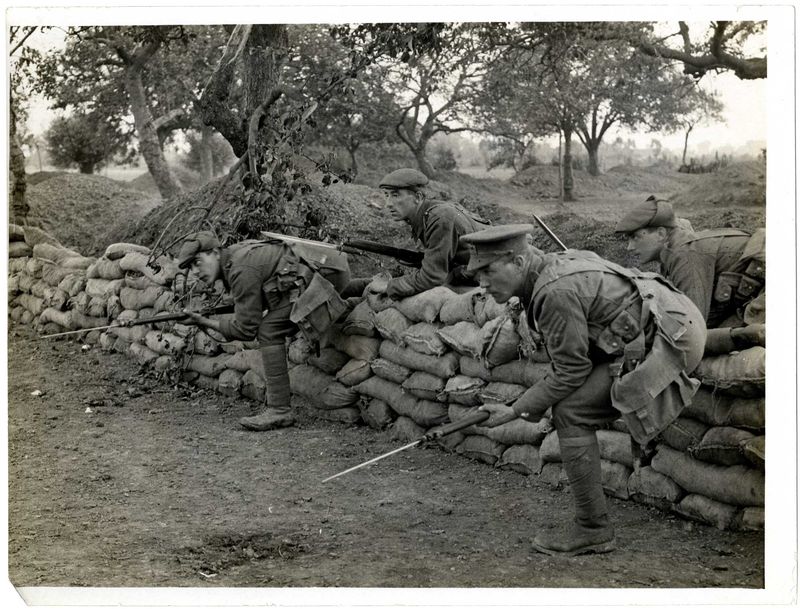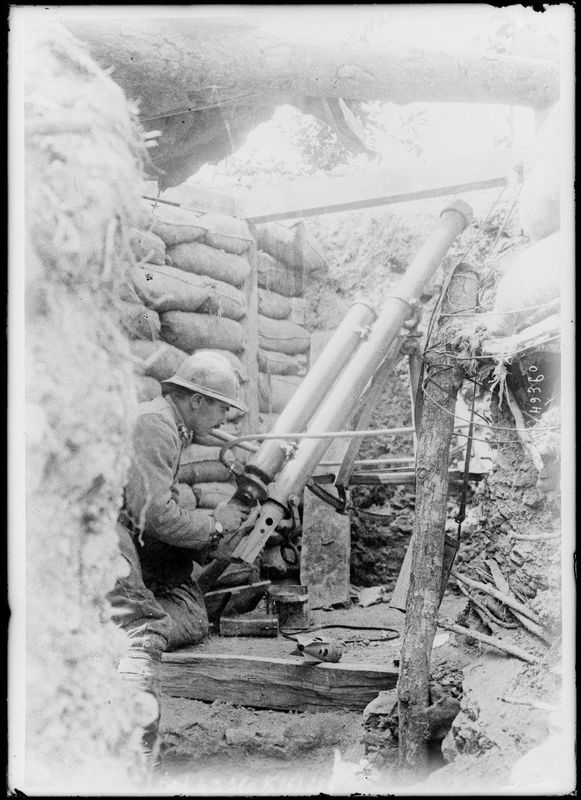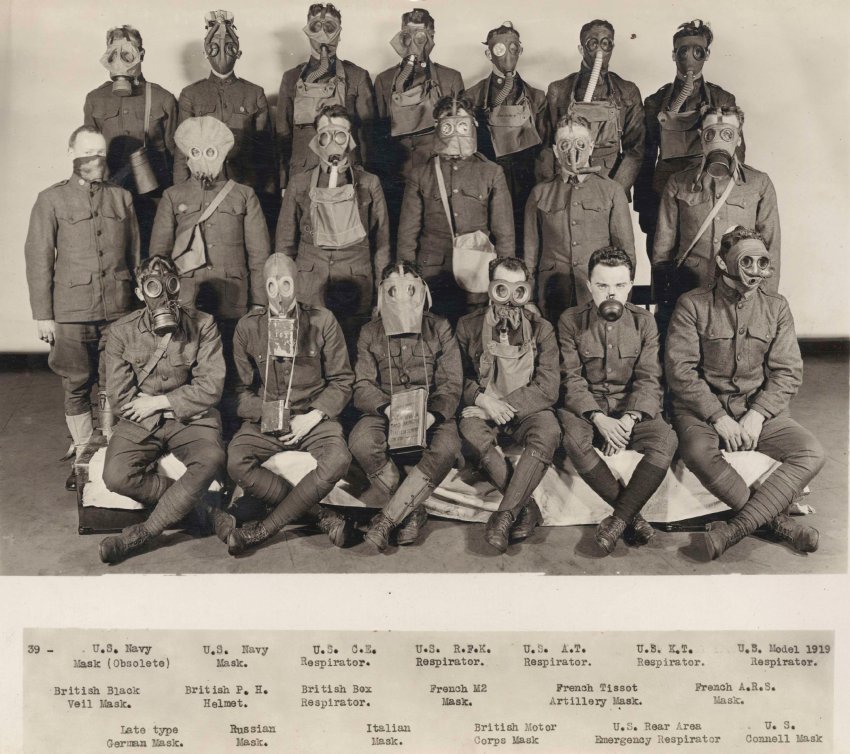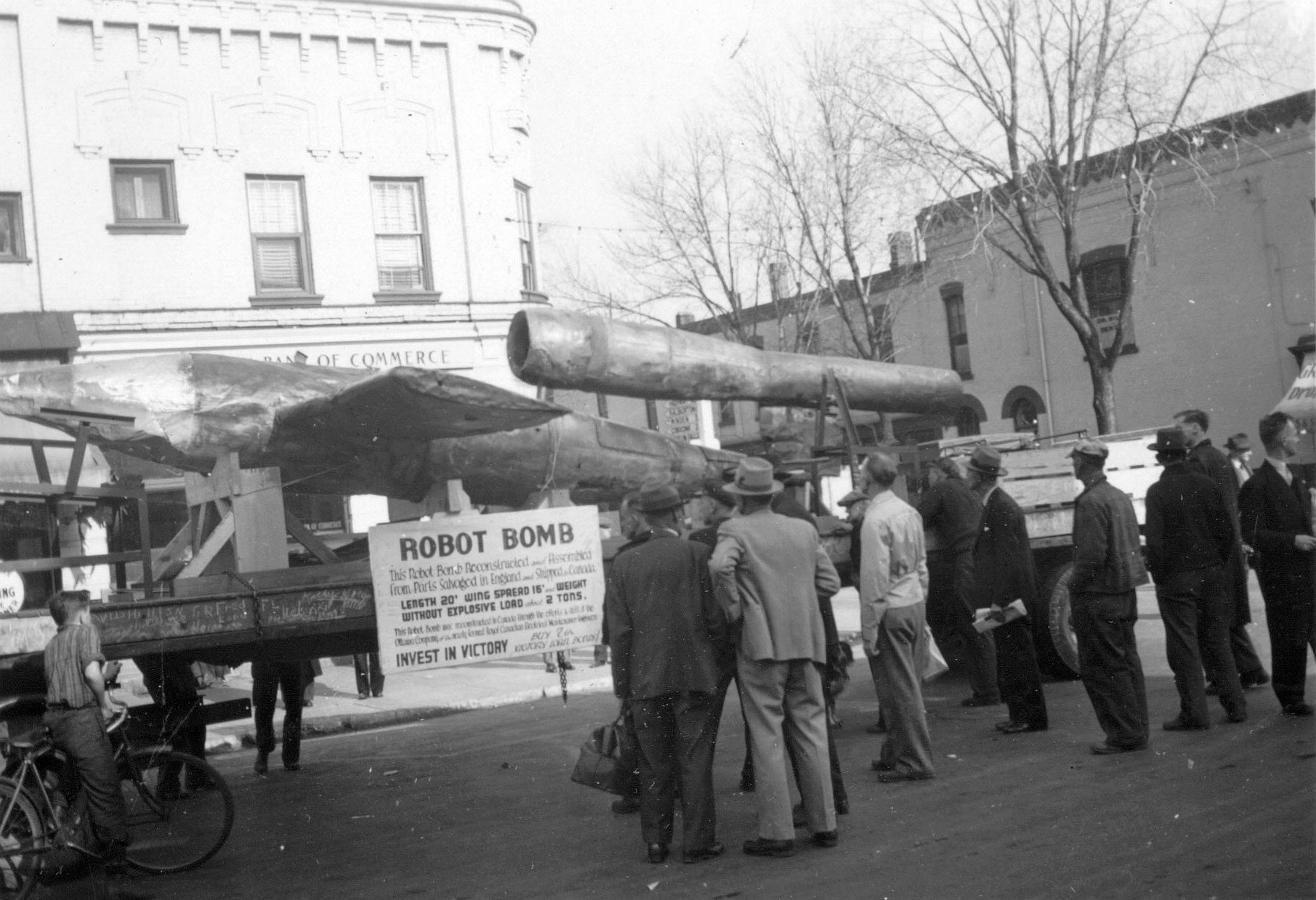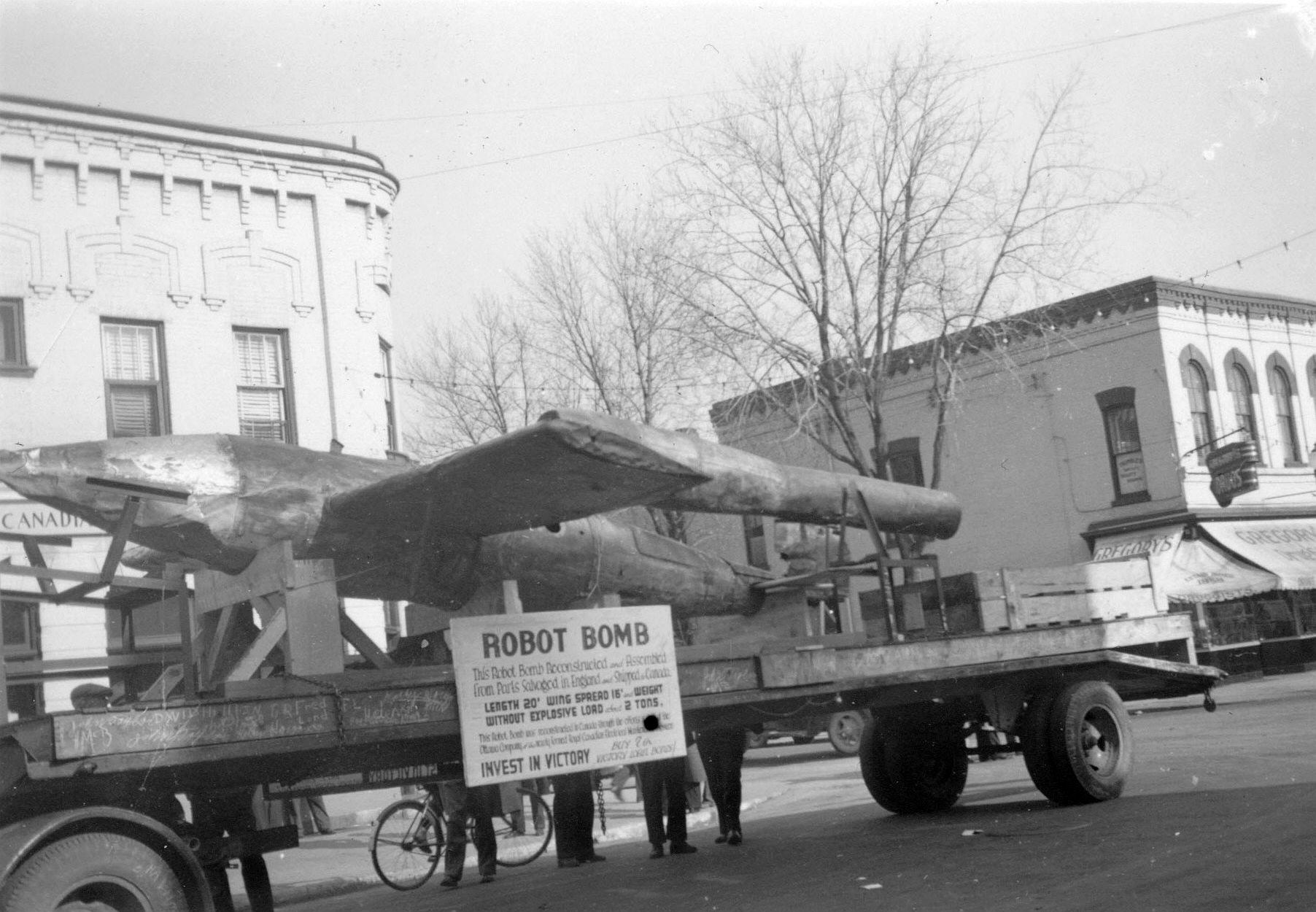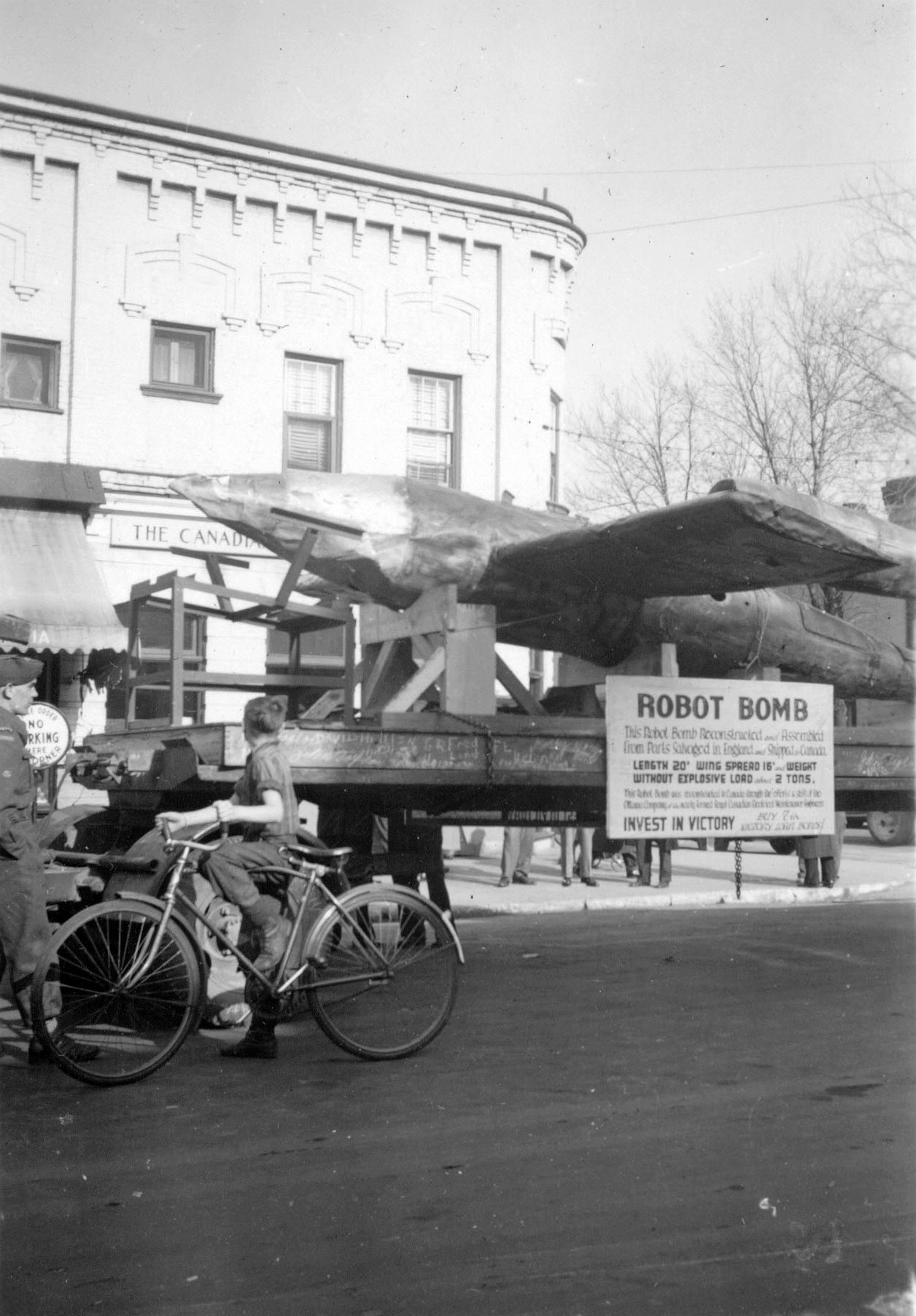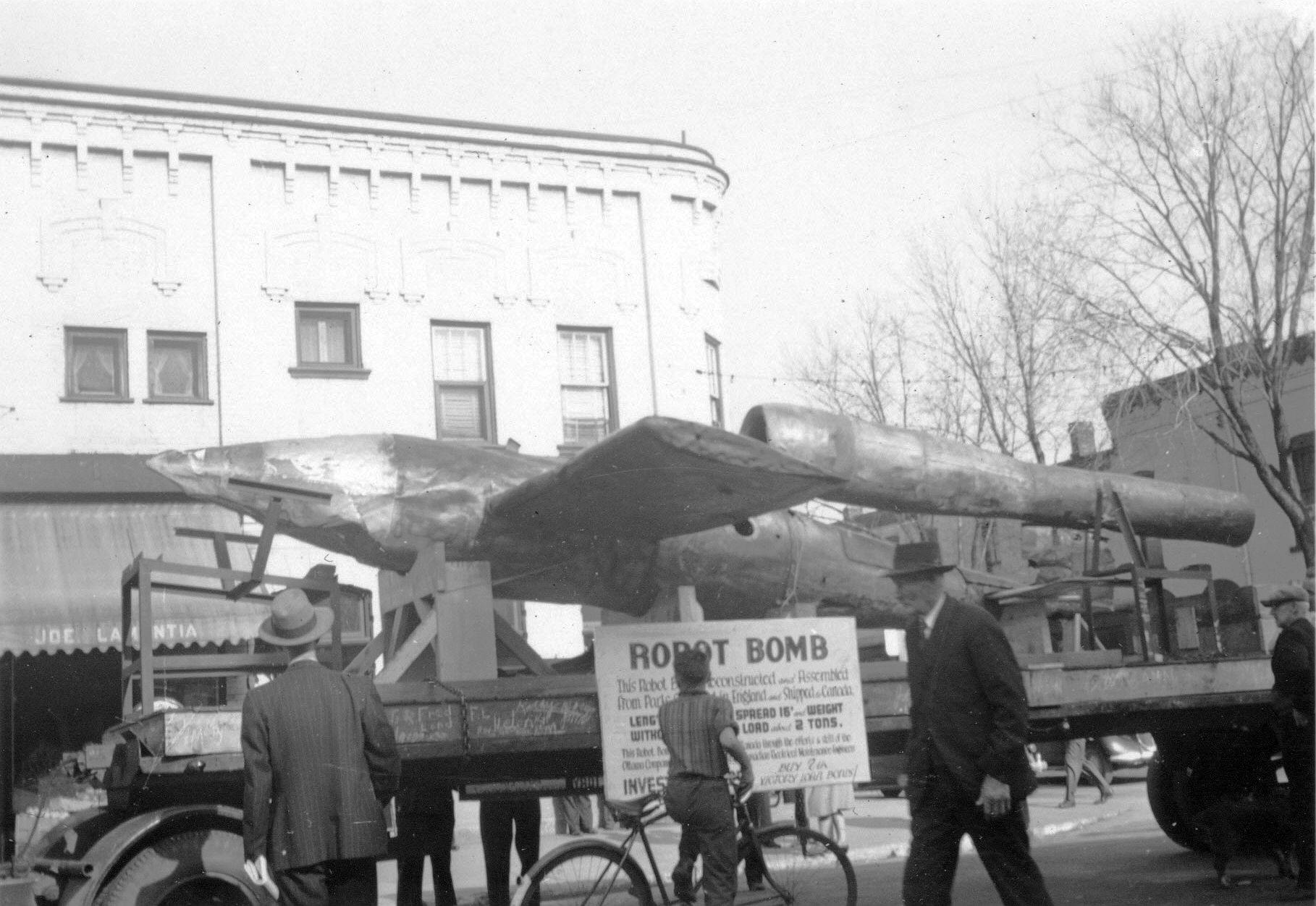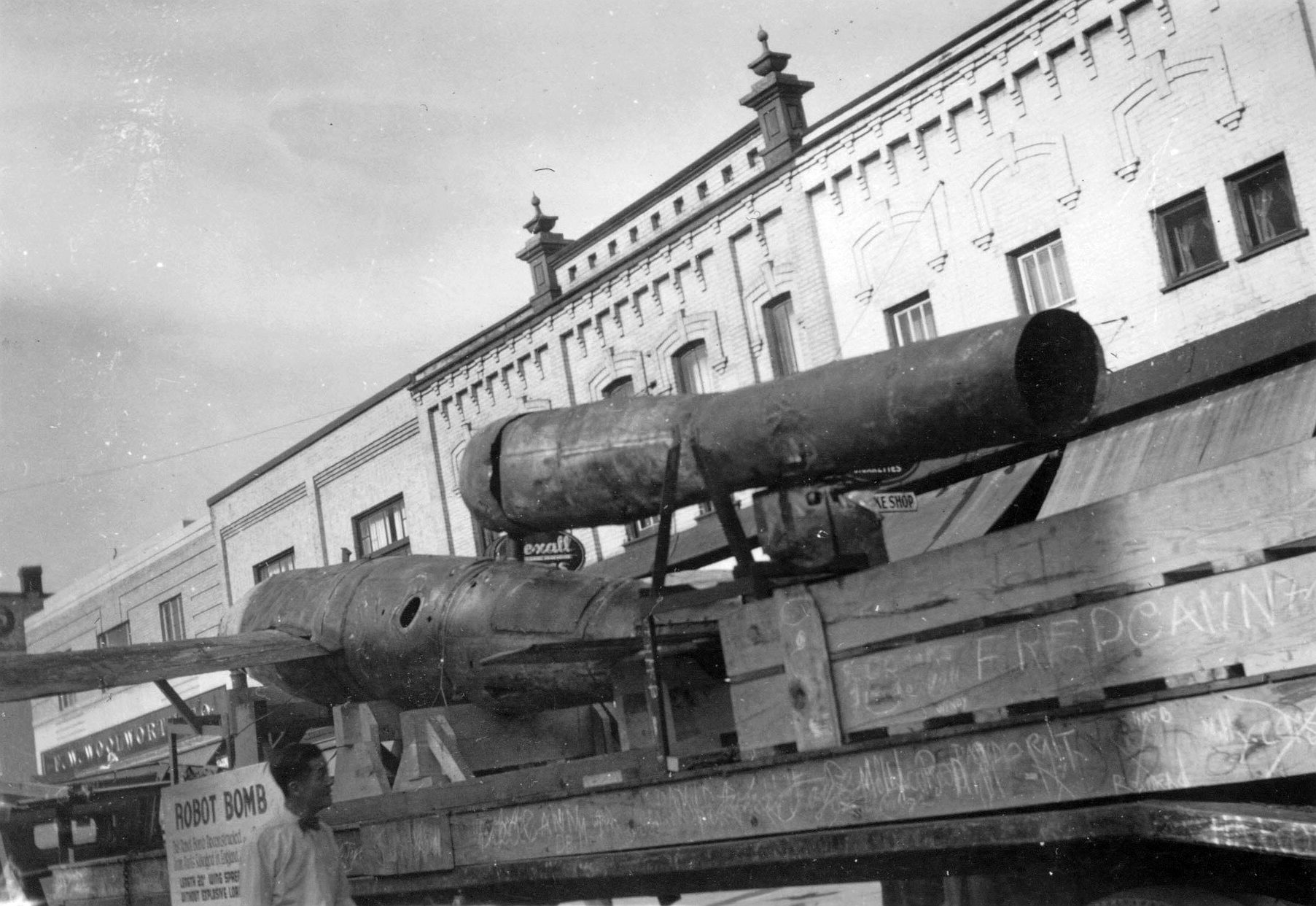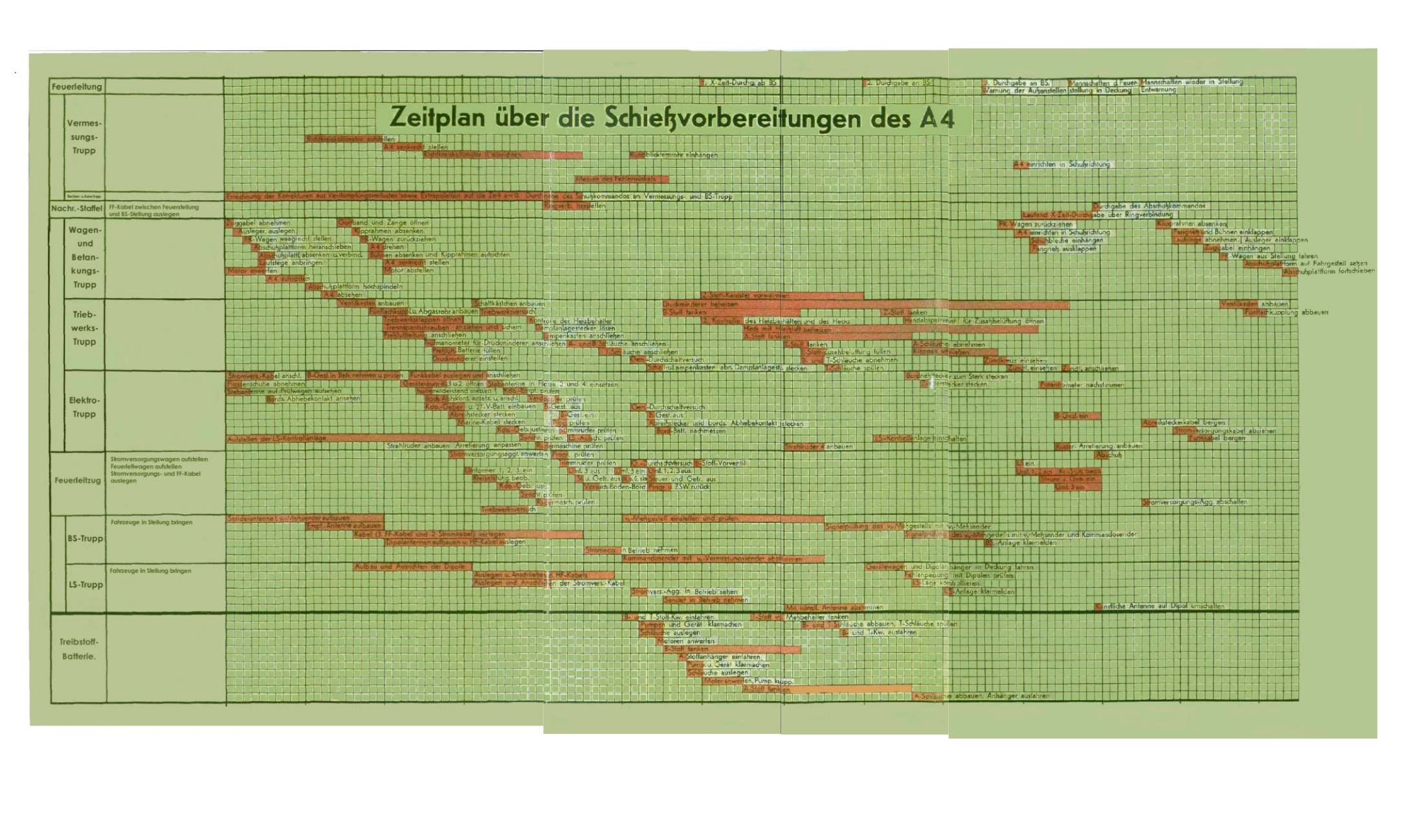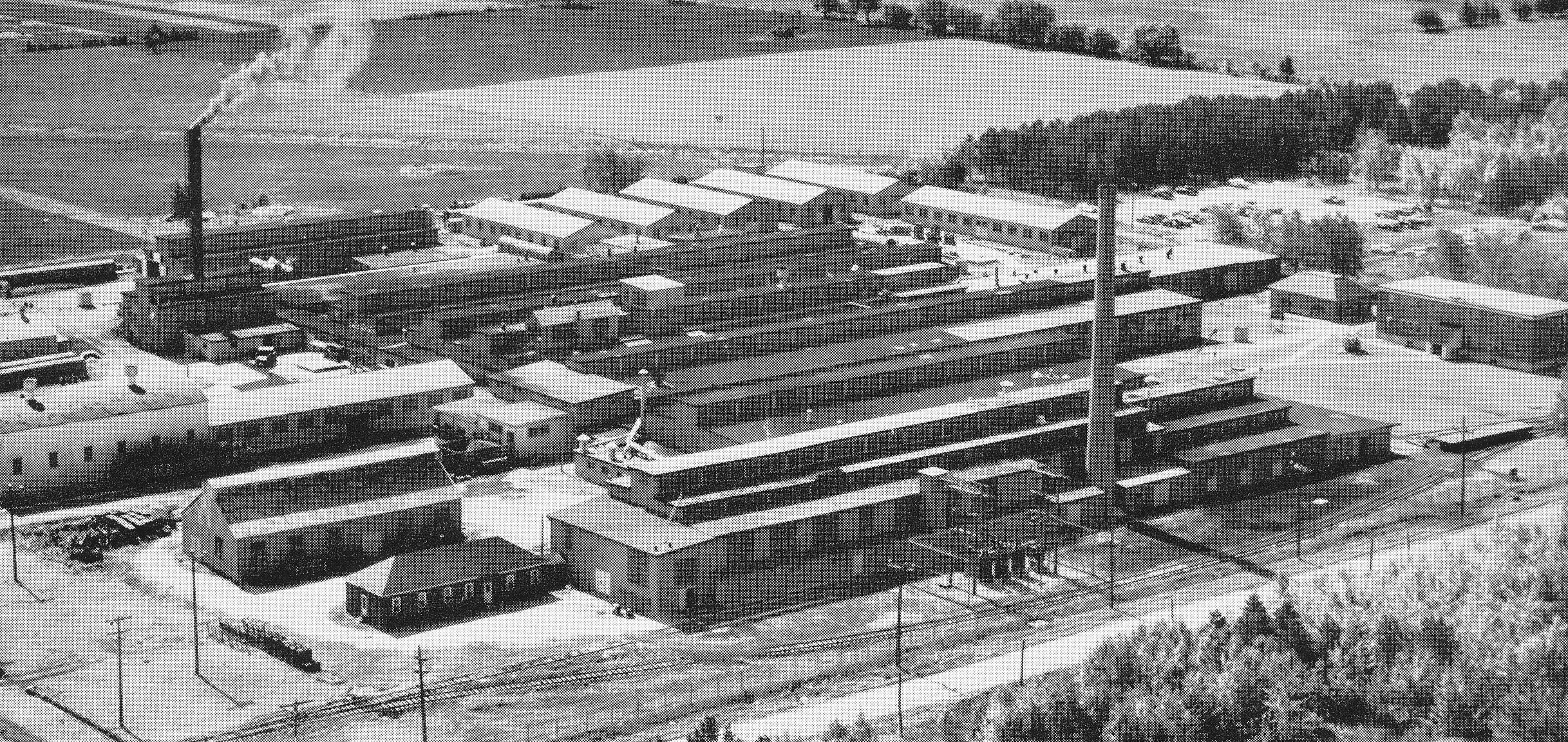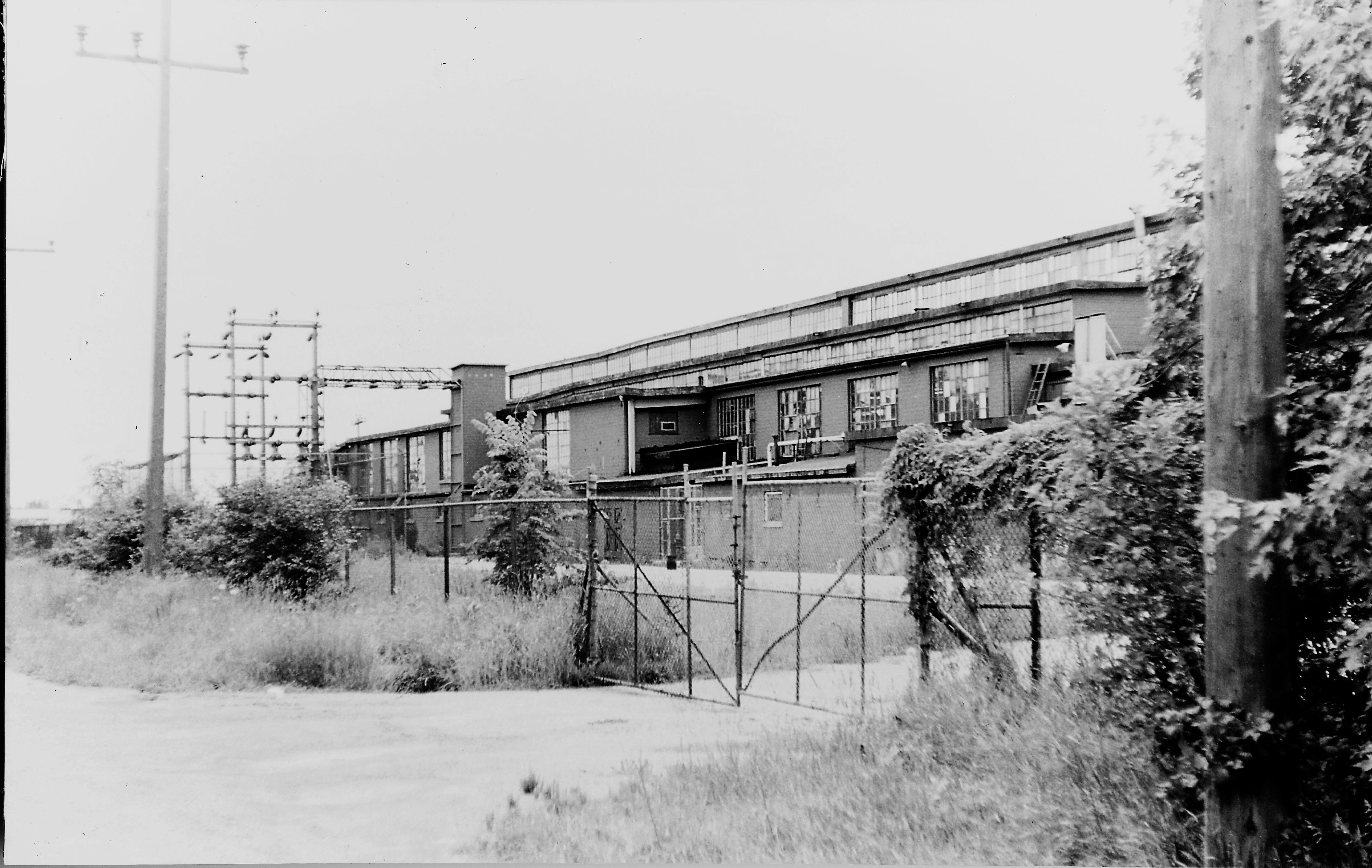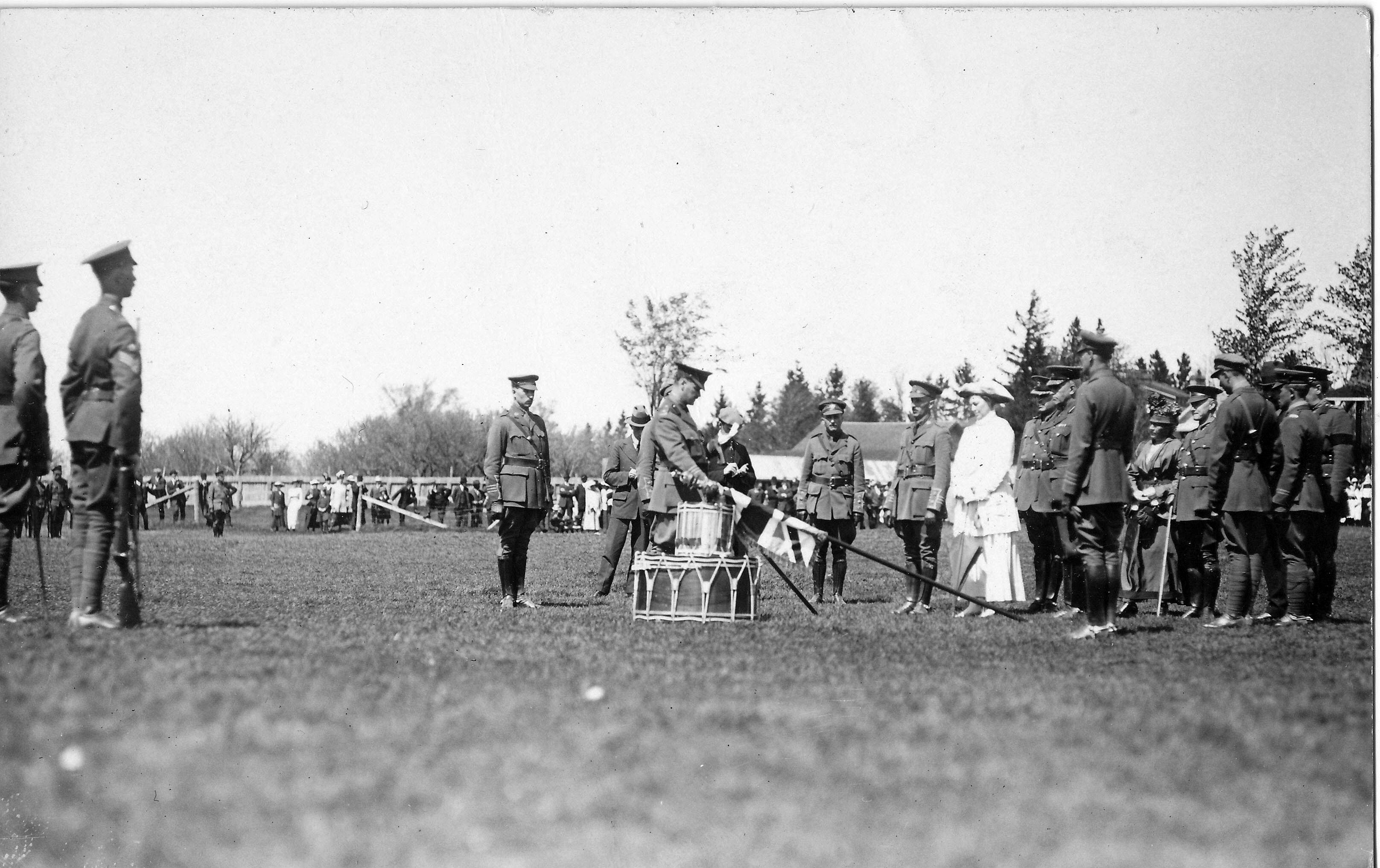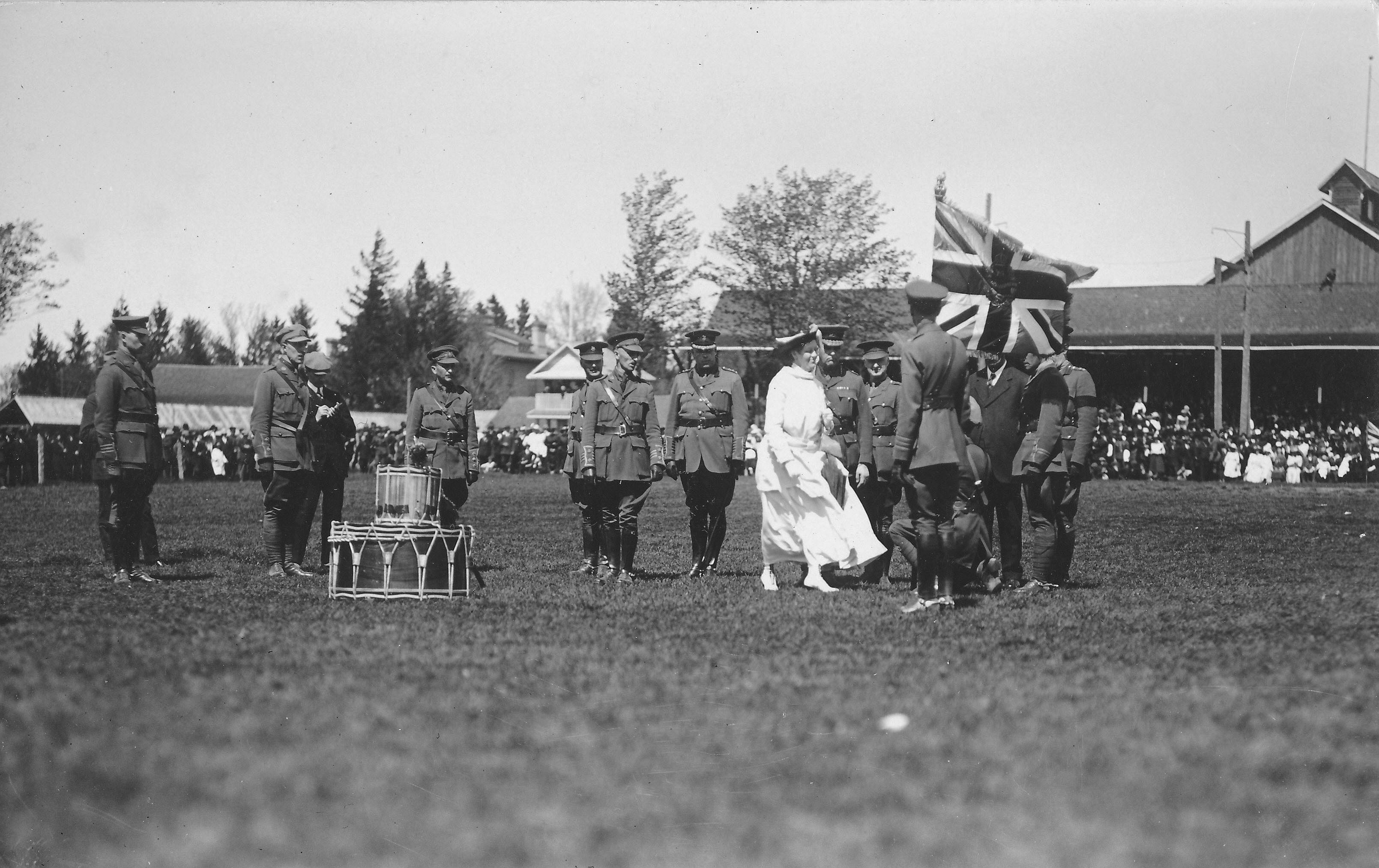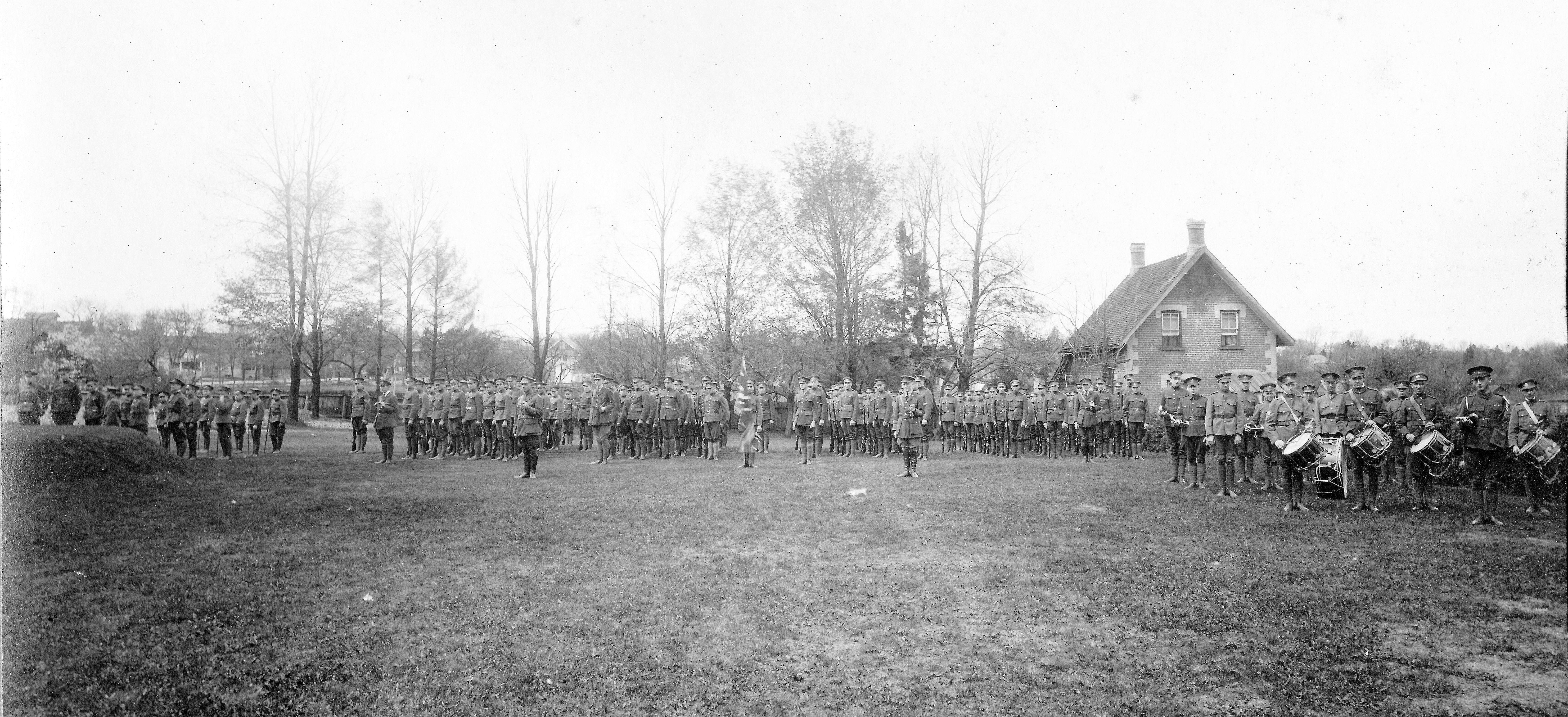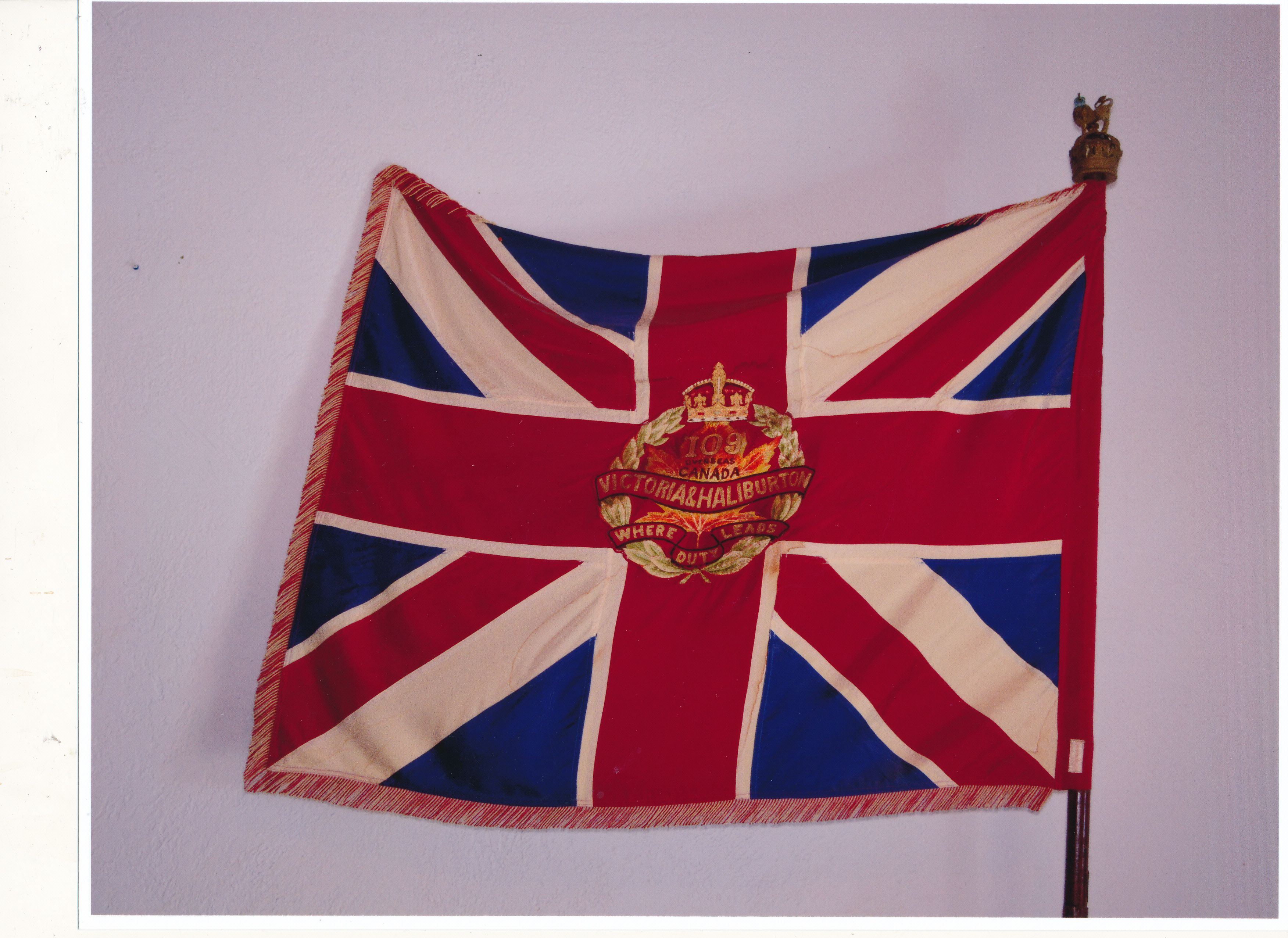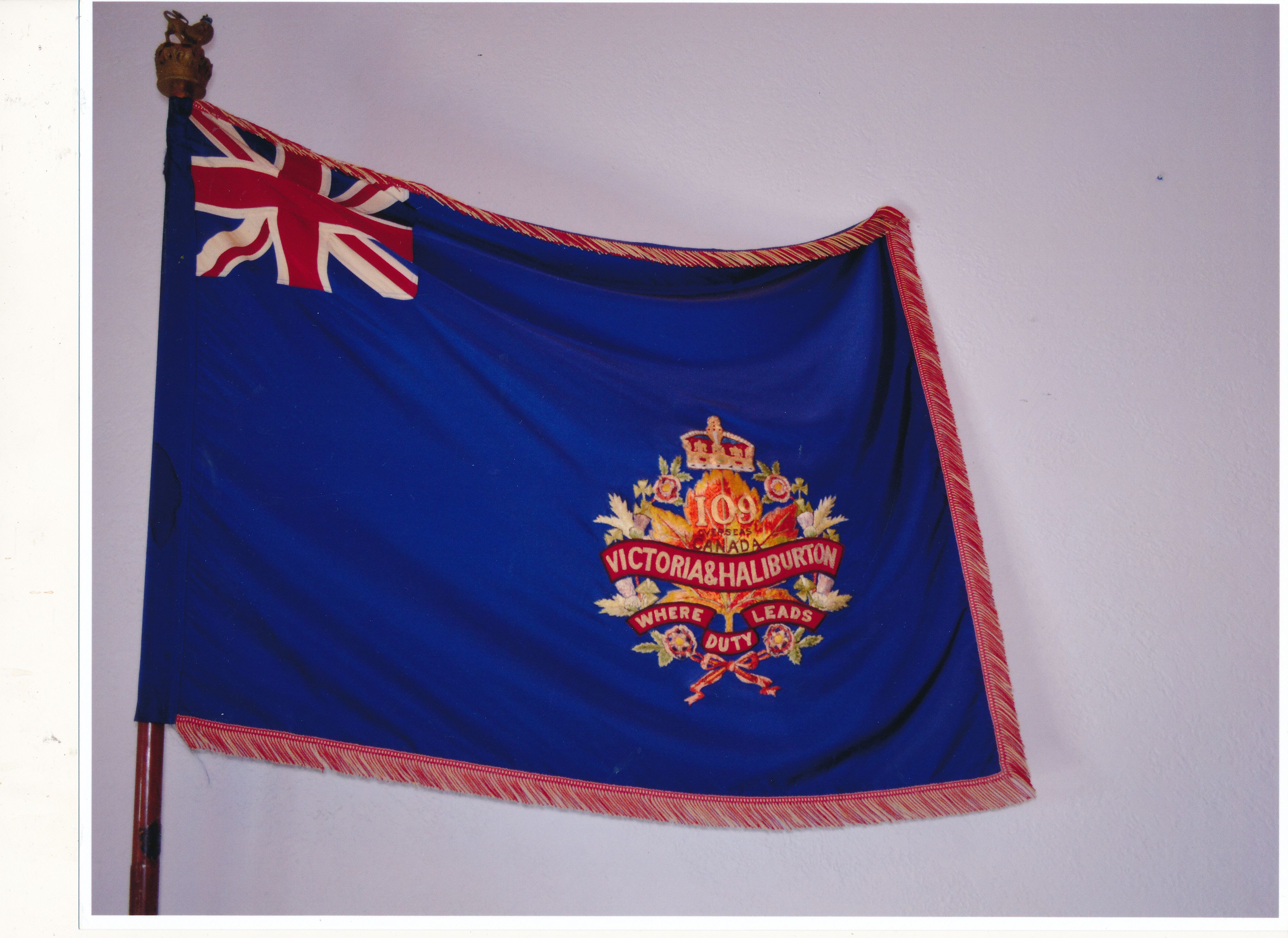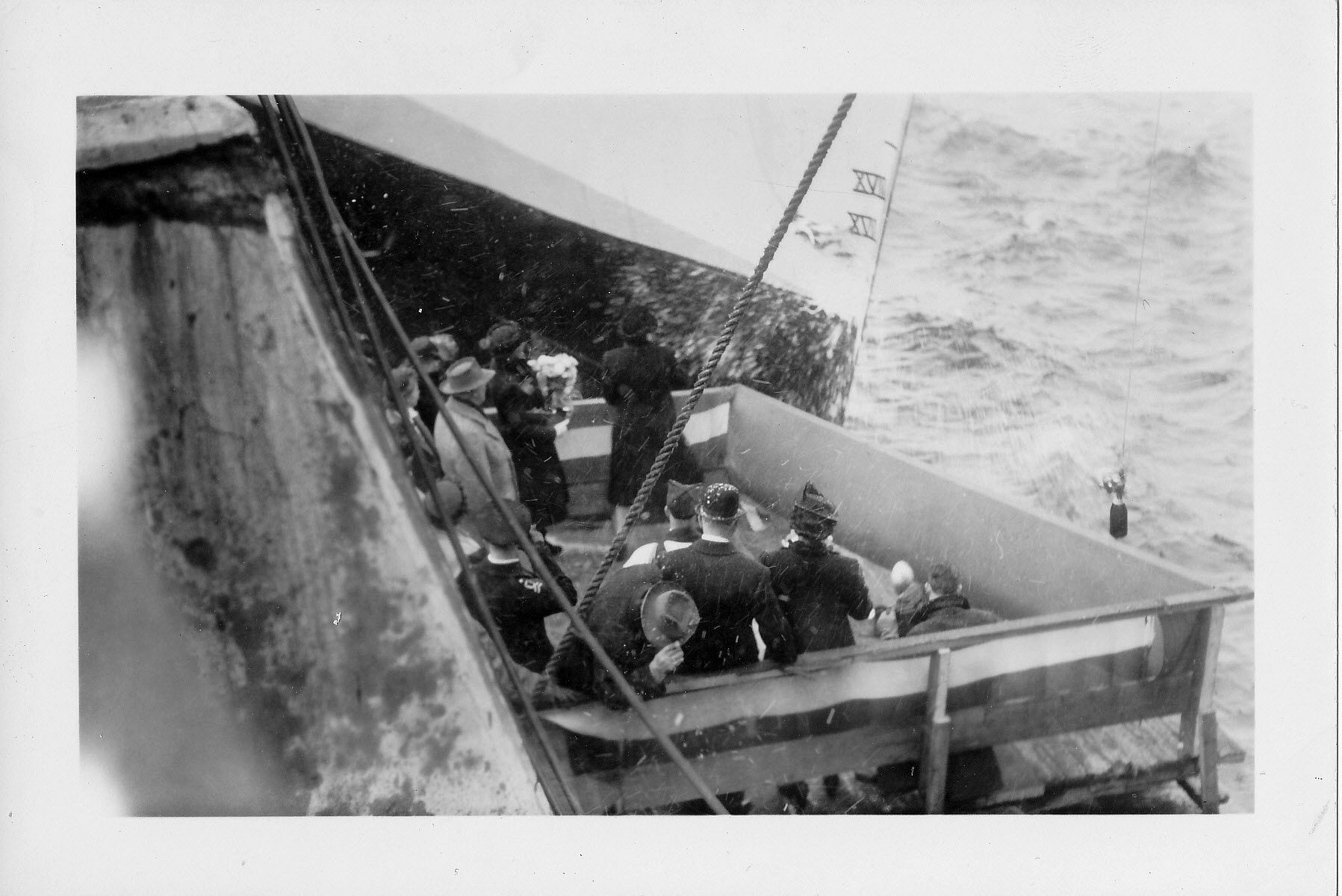Wartime Images
Click on photos to enlarge
WWI in the Trenches
V-1 on Display
A V-1 flying bomb reconstructed from parts salvaged in England and displayed in Lindsay
V-1 Videos (click to play)
A V-1 being launched with
either a steam or water cannon.
V-2 Countdown Sequence
The countdown for the launch of a V-2 missile (German Language). An exceedingly rare document, this may be the only copy in North America!
Lindsay Arsenal
Through the efforts of Sir Sam Hughes, Minister of Militia and Defence, Lindsay was selected as the site for one of the 600 munitions factories to be built in Canada; and in 1916 the cornerstone was laid.
By the summer of 1917 the 'Dominion Arsenal' was in full swing; 260 women from Lindsay and surrounding areas engaged in the very dangerous and precise manufacture of cartridges - case, cap-and-bullet - until the end of the War. Following the armistice, by spring 1919 nearly all of these 'munitionettes' were laid off and the factory sat quiet.
But just 20 years later the arsenal was back in action, once again one of the largest employers in the area, once again producing armaments for a great conflict.
In 1969 the site was sold to a private company - Trent Rubber - which finally closed in 2005. (With research provided by the Olde Gaol Museum)
109th Presented with New Colours
Lady Eaton presents the 109th. "Victoria and Haliburton" Btn the new colours.
The event took place on the Old Lindsay Exhibition Ground.
Sir Sam Hughes is seen together with Lady Eaton and the officers of the unit.
HMCS Lindsay
Marion Stuart (Boyd) Hart 1898 -1982
Marion Stuart (Minnie) Boyd Hart was born in Scotland, daughter of Robot Boyd and Margaret (Bailey) Boyd.
In 1917, in Edinburgh Scotland, Minnie enrolled in the Women's Army Auxiliary Corps of the British army.
Judging by the year in which she enlisted it is likely that she did not see action in France during the debacle known as the Battle of Passchendaele which began on October 30, 1917 and ended by November 10, 1917 with Passchendaele Ridge in the hands of the Canadian Corps.
Canadian Corps commander General Sir Arthur Currie had objected to the order from British commander Sir Douglas Haig to attack Passchendaele because the battlefield was too muddy, and an attack would result in horrendous losses. But the Canadian general was overruled and during the following ten days the Canadians advanced four and one half miles and captured the Ridge.
The cost had been horrific: 16,000 casualties, all for a paltry ground gain of four and one half miles. Winston Churchill later described it as "a forlorn expenditure of valour and life without equal in futility."
It is likely but not certain that by 1918, Minnie would have had sufficient training and that she would be needed behind the front lines in France, prior to the end of the war on November 11,1918.
On September 9, 1920, Minnie was discharged from the British army at Sheerness, England. Her army service entitled her to emigrate to Canada. When she first arrived in Canada, she worked in Toronto, cleaning hospital rooms.
She met her future husband, John Wesley Hart in Toronto. They were married on December 12, 1921. They moved to Cobourg, Ontario and started a family. They had eight children; Jean, Kay, Betty, Jessie, Mabel, Ethel, Grade and John.
When the children had grown up, Minnie went back to working in hospitals and later in nursing homes. John Hart passed away on November 9,1966 and Minnie passed away on May 15,1982. They both are resting in peace at the Castleton Cemetery in Castleton which is located about 20 miles northeast of Cobourg.







